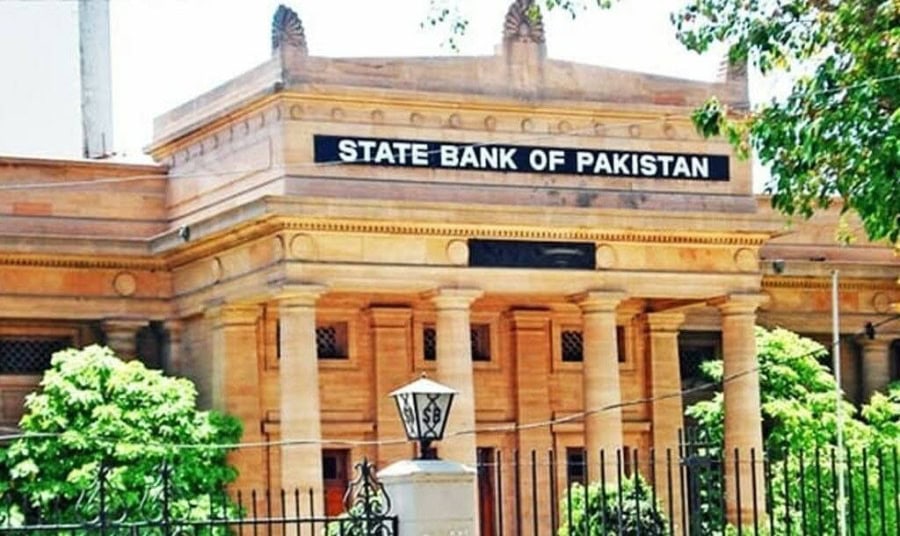KARACHI – The current account deficit further narrowed to a 13-year low as strong growth in remittances and exports more than offset a slight increase in imports.
The State Bank of Pakistan (SBP) stated this in its annual report on the “State of Pakistan’s Economy” issued on Thursday.
This, coupled with the Stand-By Agreement with the IMF that catalysed inflows from other multilateral and bilateral sources, helped in the build-up of FX reserves and calming sentiments in the foreign exchange market. The gradual exchange rate appreciation during the year, together with higher-than-envisaged fiscal consolidation, led to a notable decline in public debt to GDP ratio in FY24.
The report highlighted that despite a recovery in real economic activity, the current account deficit further narrowed to a 13-year low as strong growth in remittances and exports more than offset a slight increase in imports.
It Pakistan’s macroeconomic conditions improved, supported by stabilization policies, successful engagement with the IMF, reduced uncertainty, and favourable global economic environment. The increase in domestic agricultural productivity also contributed to relatively better macroeconomic outcomes during the year, the report added.
The real GDP registered a moderate agriculture-led recovery in FY24. A record harvest of wheat and rice, and a rebound in the production of cotton mainly provided boost to agricultural output during FY24.
The report noted that the SBP maintained a tight monetary policy stance by keeping the policy rate unchanged at 22 percent for almost the entire FY24. The SBP also introduced reforms in foreign exchange companies, following administrative actions by the government to bring order in foreign exchange and commodity markets. The government continued the fiscal consolidation, with the primary balance posting a surplus for the first time in 17 years.
These, together with the decline in global commodity prices amid improved global economic activity and trade, had positive bearings on key macroeconomic indicators, the Report highlighted.
With the continuation of fiscal consolidation efforts and the lagged impact of tight monetary policy stance are anticipated to further weaken the inflationary pressures in FY25. Further, the recent outturns suggest the average inflation to fall below the earlier projected range of 11.5 – 13.5 percent in FY25.










